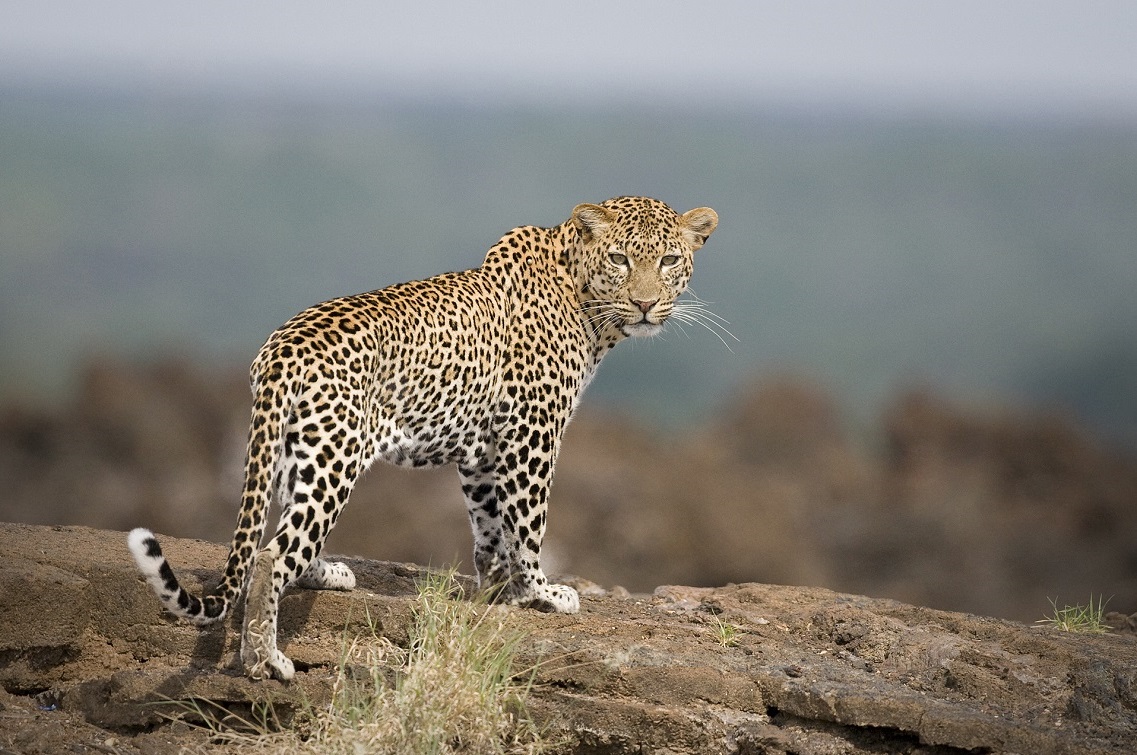furs for life
“Conserving the future is our mission statement”
we support the furs for life initiative
5 years ago Tristan Dickerson and his team had a daring idea : working with the religious community known as the Shembe, an African initiated church founded by Isaiah Shembe. Most of them use endangered leopard skins for the religious ceremonies. The aim was to see if they would accept to use faux furs instead of real skins. The Furs For Life project was born. And it has worked pretty well : today the Shembe community manages to reduce dramatically their need of leopard skins and in the same time give poachers a hard time.
Imitation is conservation
It is rejoicing to see different cultures and traditions able to rally around a common idea.
Tristan took a moment in his busy schedule to answer our questions.
- What was the basic idea behind the Furs For Life project ? Was the situation so critical regarding the leopards in 2013 ? How is it now ?
Leopards are the most persecuted large cat species in the world so even though the situation wasn’t critical it needs urgent attention. We want to be proactive about conservation when it comes to leopards. If we don’t reduce the amount of leopards being killed now in a decade or two we are going to be in trouble. When we look at the use of our Panthera Furs at Shembe gathering we see almost half the people using them. This means that we must be reducing the demand on real leopard fur and therefore it will help leopard conservation in general.
Saving lives and protecting cultural heritages
By the end of 2017, around 18 000 "amambatha" have been distributed free of charge. "At the gathering, almost half the people use them. This means we must be reducing the demand for real leopard fur"
- I guess the idea sounded a little crazy when you initiated the project ? What were the first reactions within the Shembe community ?
Initially there was reluctance from the Shembe church as they thought my intention was to stop the use of leopard skins. Once they realized my intention was to understand their use of leopard skins and to possibly produce a high accuracy fake fur then they were supportive. There will always be some that don’t like what I’m doing as they feel Im trying to change the religion.
- People often tend to oppose the “animal protection issue” with the preservation of cultural traditions. Did you face challenges and obstacles ?
This is the biggest challenge. Our mission statement is “Conserving the future” – this means conserving nature whilst conserving religion and cultures. There is always middle ground that can be found if both parties treat each other with understanding and respect.
30 $ to make a change
It is approximately the cost for one faux fur cape with the potential to save one panthera and minimize poaching threats, while reducing local insecurity.
- How are you working with faux fur suppliers ?
Our suppliers are in china and it took us years of design changes to get to where we are including 3 trips to the factories. Our largest costs and challenges are the materials so this type of support would be appreciated
- What’s next for this beautiful project ?
We have been approached by other religions and cultures to help them conserve leopard as they are using real furs. We are busy developing products for them which is very exciting. We are also trying to develop a sustainable model for the Panthera Amambatha for long term supply of the furs to the religion.
We have been supporting this project. Please visit the website FURS FOR LIFE and help them.
(pictures from network24 and Panthera)


